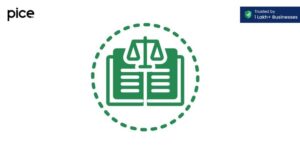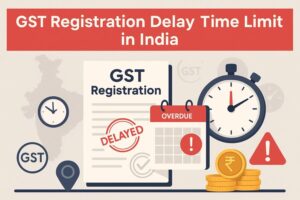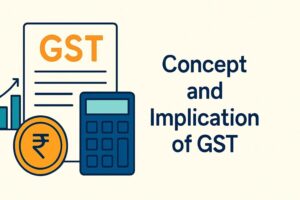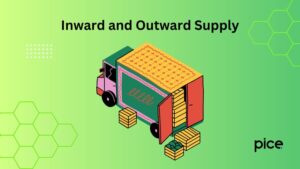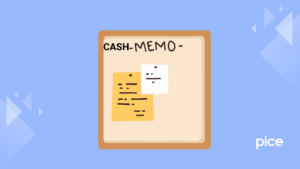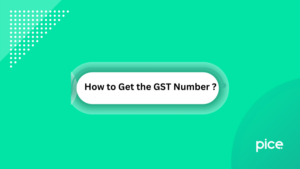Margin Scheme Under GST
- 16 Dec 24
- 8 mins

Margin Scheme Under GST
Key Takeaways
- Avoid double taxation: GST is levied only on the profit margin for second-hand goods.
- Eligibility criteria: Dealers must be registered and maintain records without claiming ITC.
- Margin-based valuation: GST is calculated on the selling price minus the purchase price.
- Consistent tax rates: Tax rates match those of new goods, with concessions for used vehicles.
- Flexible calculations: Choose between consideration or valuation methods for margin computation.
The Indian Government originally introduced the Goods and Services Tax (GST) to eliminate the cascading effect of the taxation structure. After it came into force, the tax effects on the sale of used or second-hand goods emerged as one of the most convoluted subjects. To evade double taxation scenarios, the government proposed a marginal scheme under GST for the supply of similar items.
In this blog, we will understand the concept of marginal schemes under Goods & Services Tax in detail.
What Is Meant by ‘Margin Scheme Under GST’?
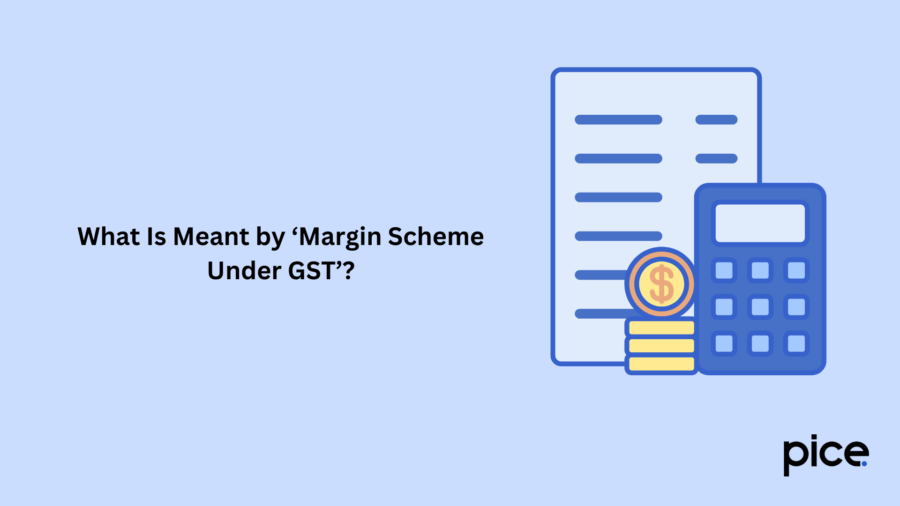
Under the GST margin scheme, people dealing in transactions of used goods (both selling and purchasing) only need to bear the GST charges applicable to the difference between the buying and selling prices of the concerned goods.
No GST is levied in these transactions when the dealer of the second-hand commodity purchases such items from an unregistered person.
Additionally, this plan only works if the goods have not been modified or processed much. The dealer cannot opt for the margin scheme when the nature of the supply totally changes. In such cases, they must pay GST on the entire selling amount. Let’s understand with an example:
Suppose, a jeweller buys a used gold ring from a person and then processes it to make a chain. Later on, when they sell this gold chain, tax will be due on the entire amount and the margin scheme under GST won’t be valid.
What Is the Core Objective Behind the Margin Scheme?
Since the items under question are already taxed and being resold, the goal of the margin scheme is to avoid double taxation.
Scheme for Availing Margins
Certain conditions have to be fulfilled to take advantage of this scheme, like:
- The concerned supplier must be dealing in second-hand products
- Any dealer who has already enrolled themselves under the composition scheme, cannot opt for the benefits enlisted under the margin scheme
- The second-hand goods supplier must have completed their registration under the GST law
- Related transactions must involve taxable supplies only
- The supplier should not claim an Input Tax Credit or ITC on the goods purchased
- Finally, all the purchase and selling records must be maintained to claim the benefits
In the end, the margin amount for this scheme is determined as per Rule 32(1) of the CGST rules at the supplier's discretion. So, taxpayers can choose if they want to utilise the margin scheme or not.
How to Value the Supply Using the Margin Scheme?
The supply's value is what you get when you minus the buying price from the selling price of the second-hand item. When the valuation turns out to be negative, it has to be ignored according to Rule 32(5) of the CGST Rules, 2017.
When individuals sell second-hand goods, used goods, or goods that have undergone minor processing without affecting their nature, and no input tax credit was claimed on their purchase, the difference between their selling and purchase prices is accounted for as the taxable amount.
However, if a credit or borrowings has to be retrieved from an unregistered defaulting lender, the actual price would be the paid price for the products minus five percent for every quarter or portion of a quarter between the date the product was paid and the date of sale in terms of the preceding rule.
As per new Notification No.10/2017-Central Tax (Rate) New Delhi, dated the 28th June 2017, sales of used goods of an unregistered supplier to a registered person who actually pays the amount of central tax deducted under Rule 88 of the CGST Rules, 2017 shall be exempted from the CGST Act, 2017. SGST Acts also have some exemptions similar to this one.
Rate of Taxation
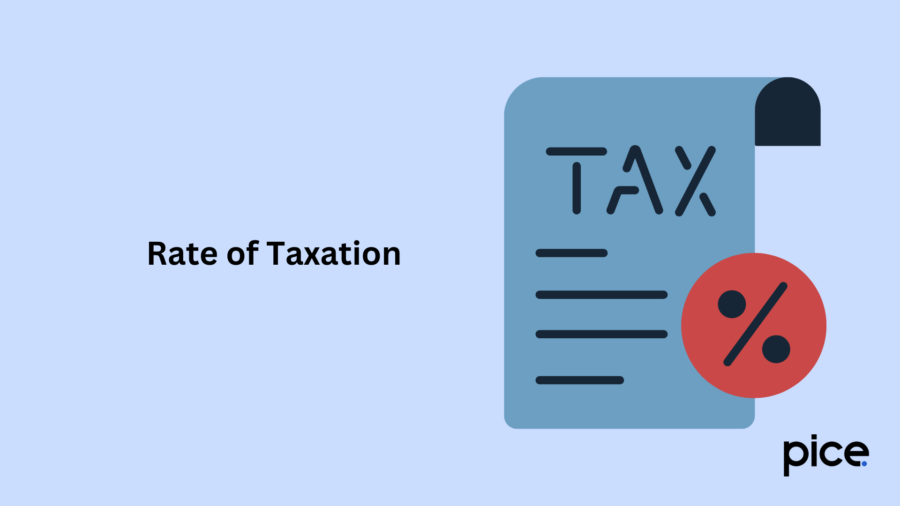
In the case of the margin scheme under GST, the rate tax will remain the same as that which has been applied to non-used or brand-new goods.
The Notification Number 08/2018-C.T.R. surfaced on 25 January 2018, especially referring to motor vehicles where a concessional rate is provided for paying GST on the reduced amount. At the moment used cars attract 12% and 18% GST. If a buyer's car is shorter than 4000 mm, its GST rate is 12%, but if it is longer, then it will attract a tax rate of 18%.
That’s why the Federation of Automobile Dealers Associations (FADA) wants all used vehicle margins to be taxed at a flat 5 percent.
Calculating GST Under the Margin Scheme
If a supplier is eligible for the marginal scheme, they can select either of the following methods to figure out their sale margin:
Consideration Method
It is one of the common methods for determining the sales margin while opting for the margin scheme under the GST law. This rule of finding GST on margin can be applied irrespective of the time when the item was initially purchased.
In consideration method, margins are computed as:
Sale Margin = Selling Price - Cost Price or Original Price
More precisely here you will see:
- The sale price emerges as the total value in the sales contract, not taking into account any settlement adjustments
- Whereas, the purchase amount is the sum originally furnished to obtain the item, excluding additional adjustments and expenses like legal fees
For instance, suppose the original cost of a laptop was ₹20,000. Later on, you decided to resell it on an online platform at ₹25,000. Here the margin comes out as ₹(25,000 - 20,000) = ₹5,000. As per the consideration method, you will have to pay 18% GST on this margin value. It is a straightforward way to determine taxable margins and does not take into account any additional parameters.
Valuation Method
The valuation method is the alternative way to calculate the taxable amount under the margin scheme. But, this scheme can only be applied to sales of second-hand properties that were owned before July 1, 2000.
As per this method, margin scheme sales = Sale price - Property's value as of 1st July, 2000
For example, if a property purchased in 1998 for ₹10 Lakhs (as of July 1, 2000) is sold for ₹30 Lakhs, the profit margin will be ₹20 Lakhs. In this method, historical property valuations are prioritised rather than solely depending on the original purchase particulars.
Conclusion
Correctly navigating the margin scheme under GST is important to avoid paying excess taxes. With sound support, you can achieve this goal and minimise business operating costs. Thus, if you ever feel that you should consult a GST expert, do not hesitate to reach out to professionals.
They can guide you with accurate insights and solutions that are tailored to suit the scale of your business.
💡If you want to streamline your payment and make GST payments, consider using the PICE App. Explore the PICE App today and take your business to new heights.
 By
By 





